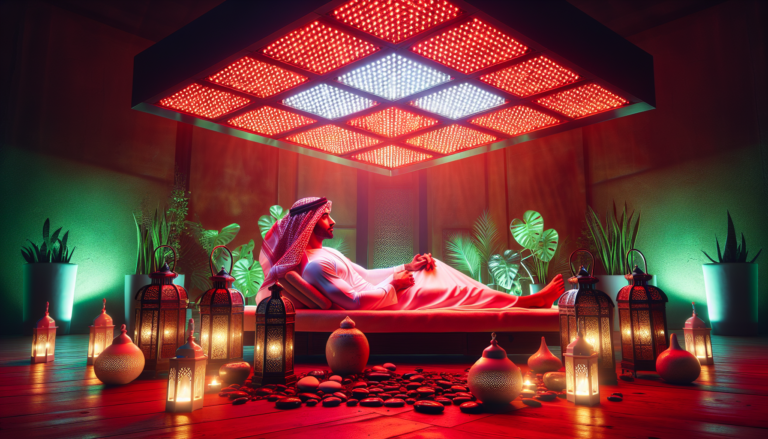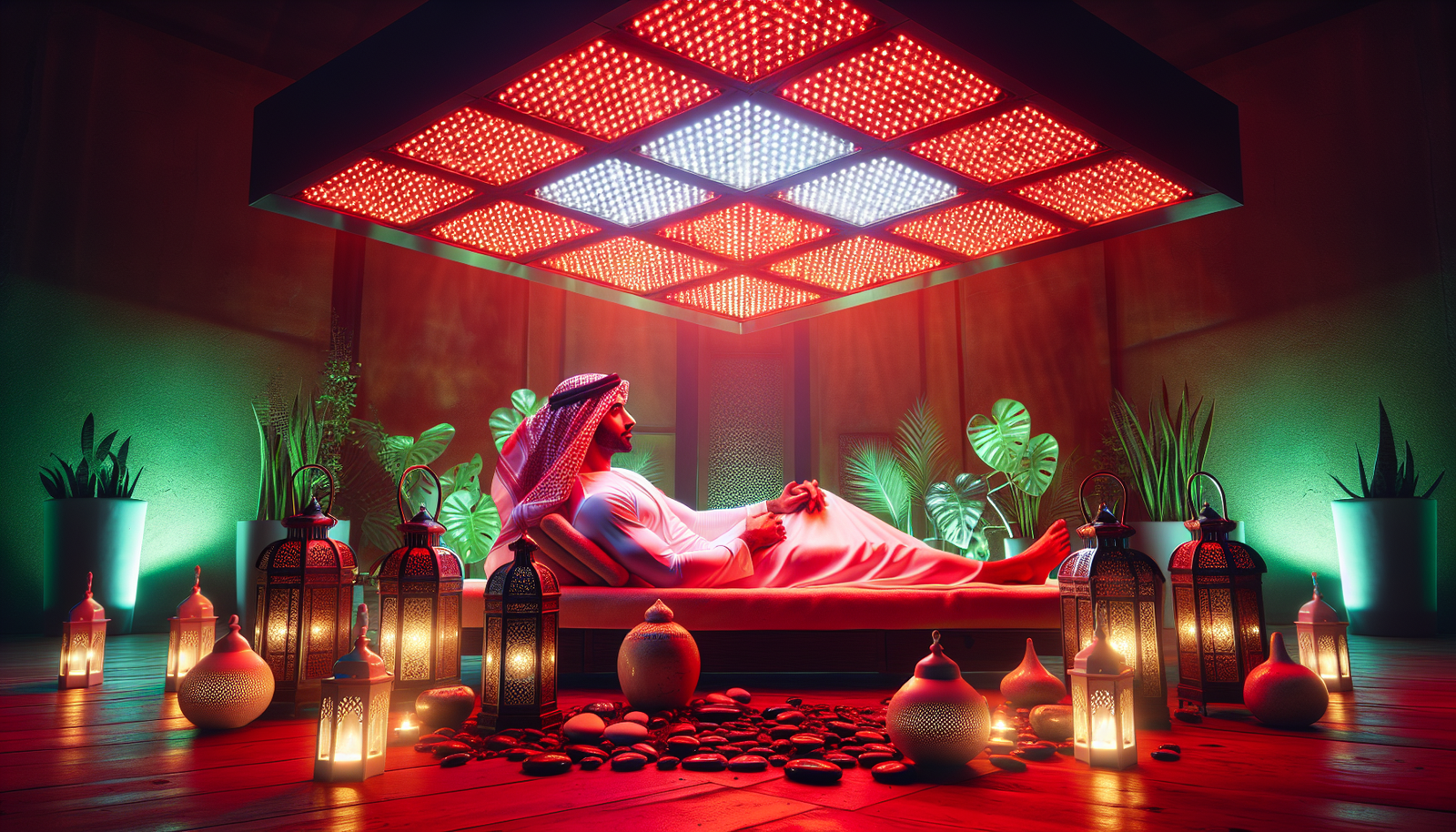Exploring Alternative Health Treatments: A Focus on Red Light Therapy
In the quest for holistic wellbeing, more individuals are turning to alternative health treatments to complement traditional medical practices. Among these emerging approaches, red light therapy has captured significant attention for its promising benefits. This article delves into the world of red light therapy, explaining its mechanisms, uses, and the potential it holds for enhancing health.
What is Red Light Therapy?
Red light therapy (RLT) harnesses specific wavelengths of light, typically ranging from 600 to 650 nanometers and 800 to 850 nanometers. This non-invasive treatment utilizes light-emitting diodes (LEDs) to stimulate cellular processes, purportedly benefiting various health conditions.
Originally developed by NASA for plant growth experiments in space, RLT has since found applications in multiple fields, including dermatology, athletics, and pain management. As we explore the effects of red light therapy, it’s essential to understand how it interacts at a cellular level.
The Science Behind Red Light Therapy
The primary mode of action of RLT lies in its ability to penetrate the skin and be absorbed by mitochondria, the powerhouse of our cells. This absorption enhances mitochondrial ATP production, boosting energy levels. Furthermore, red light therapy is believed to stimulate blood flow and increase collagen production, aiding in tissue repair and regeneration.
Studies have investigated the effects of red light therapy across a variety of conditions, revealing its potential in treating issues such as inflammation, joint pain, and skin disorders.

How to Use Red Light Therapy at Home
Individuals looking to incorporate red light therapy can do so conveniently and affordably at home. A light therapy device, such as a light therapy panel or a red light therapy lamp, can be easily purchased online or from health and wellness stores. Here’s how to use red light therapy effectively at home:
1. **Choose Your Device**: Select a high-quality light therapy device that suits your needs. Look for options that include both red and infrared LEDs for broader benefits.
2. **Set Up Your Space**: Create a comfortable and quiet environment where you can relax during the treatment. Ensure the device is positioned to cover the area you wish to treat.
3. **Treatment Duration and Frequency**: Most experts recommend sessions lasting between 10 to 20 minutes, several times a week. However, the frequency may depend on the individual’s specific health goals.
4. **Protect Your Eyes**: It’s important to wear eye protection to shield your eyes from direct exposure to bright lights.
5. **Consistency is Key**: Regular use of red light therapy will yield better results. Monitor your progress and adjust treatment sessions as needed based on your body’s response.
Benefits of Red Light Therapy
The benefits of red light therapy are varied and compelling. Here are some of the most notable advantages that can be enjoyed by those who choose to incorporate RLT into their wellness routine:
– **Improved Skin Health**: RLT is acclaimed for its ability to diminish fine lines, wrinkles, and scars. The increased collagen production and enhanced healing processes significantly improve skin texture and tone.
– **Reduced Muscle Pain and Inflammation**: Athletes often use red light therapy to relieve muscle soreness, accelerate recovery, and reduce inflammation after intense workouts.
– **Enhanced Wound Healing**: Studies have indicated that RLT may improve the healing of cuts, burns, and other wounds by promoting the regeneration of tissues and reducing inflammation.
– **Pain Relief**: Many individuals experiencing chronic pain conditions, such as arthritis or back pain, report improvements after consistent use of red light therapy.
– **Hair Growth Stimulation**: There is evidence suggesting that red light therapy can encourage hair growth and reverse hair loss, particularly in individuals with androgenetic alopecia.
Understanding Infrared LED Red Light Therapy
Infrared LED red light therapy is a specific application of red light therapy that uses longer wavelengths to penetrate deeper into the skin. This type of therapy targets a broader range of tissues, making it effective for pain relief and deeper tissue healing.
Infrared light can also stimulate the body’s natural healing processes, making it a valuable treatment for conditions such as tendonitis and muscle strains. By integrating both visible red and infrared light, users experience an extended range of therapeutic effects.
How to Buy Red Light Therapy Devices
If you’re considering introducing red light therapy into your routine, purchasing a high-quality light therapy device is essential. Here are some tips to help you choose the right one:
1. **Research and Reviews**: Investigate various brands and read customer reviews to determine the effectiveness and reliability of the devices you’re interested in.
2. **Understand the Technical Specifications**: Look for devices that provide adequate power output, wavelength information, and treatment area coverage.
3. **Check for Safety Certifications**: Ensure that the device has been tested and certified for safety, effectiveness, and compliance with industry standards.
4. **Budget Considerations**: Prices for light therapy devices can vary widely. Set a budget that fits your financial situation, while also considering the potential long-term benefits.
Conclusion: The Future of Red Light Therapy
As we continue to explore alternative health treatments, red light therapy has emerged as a leading option for those seeking holistic health solutions. With its range of benefits, ease of use, and ability to be integrated into daily routines through the use of a light therapy device at home, RLT holds great promise.
Whether you are looking to rejuvenate your skin, ease pain, or promote healing, using red light therapy could be a valuable addition to your health regimen. As always, consulting with a healthcare professional before starting any new treatment is prudent, ensuring that it aligns with your overall health strategy.
*These statements have not been evaluated by the Food and Drug Administration. These products are not intended to diagnose, treat, cure or prevent any disease.
